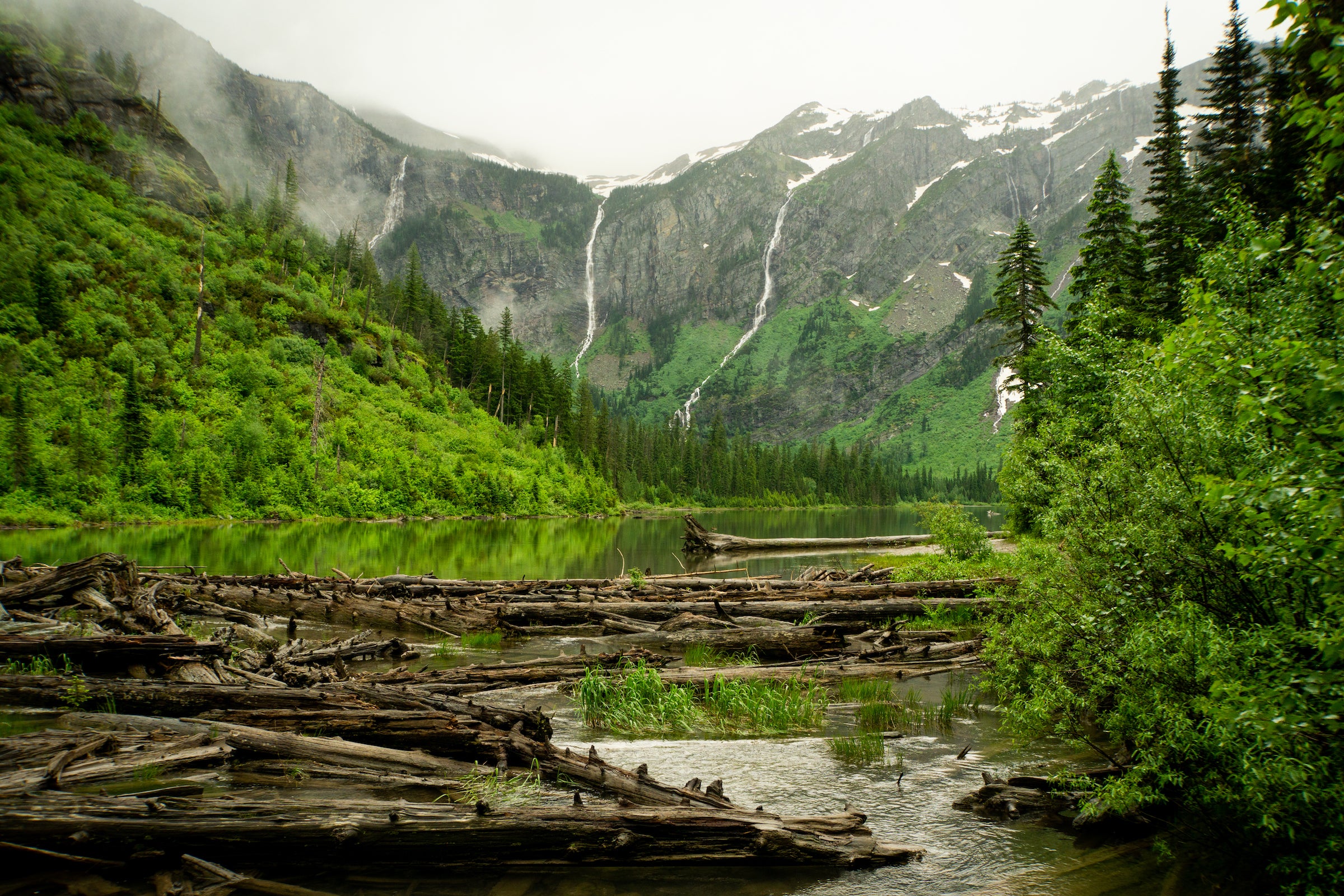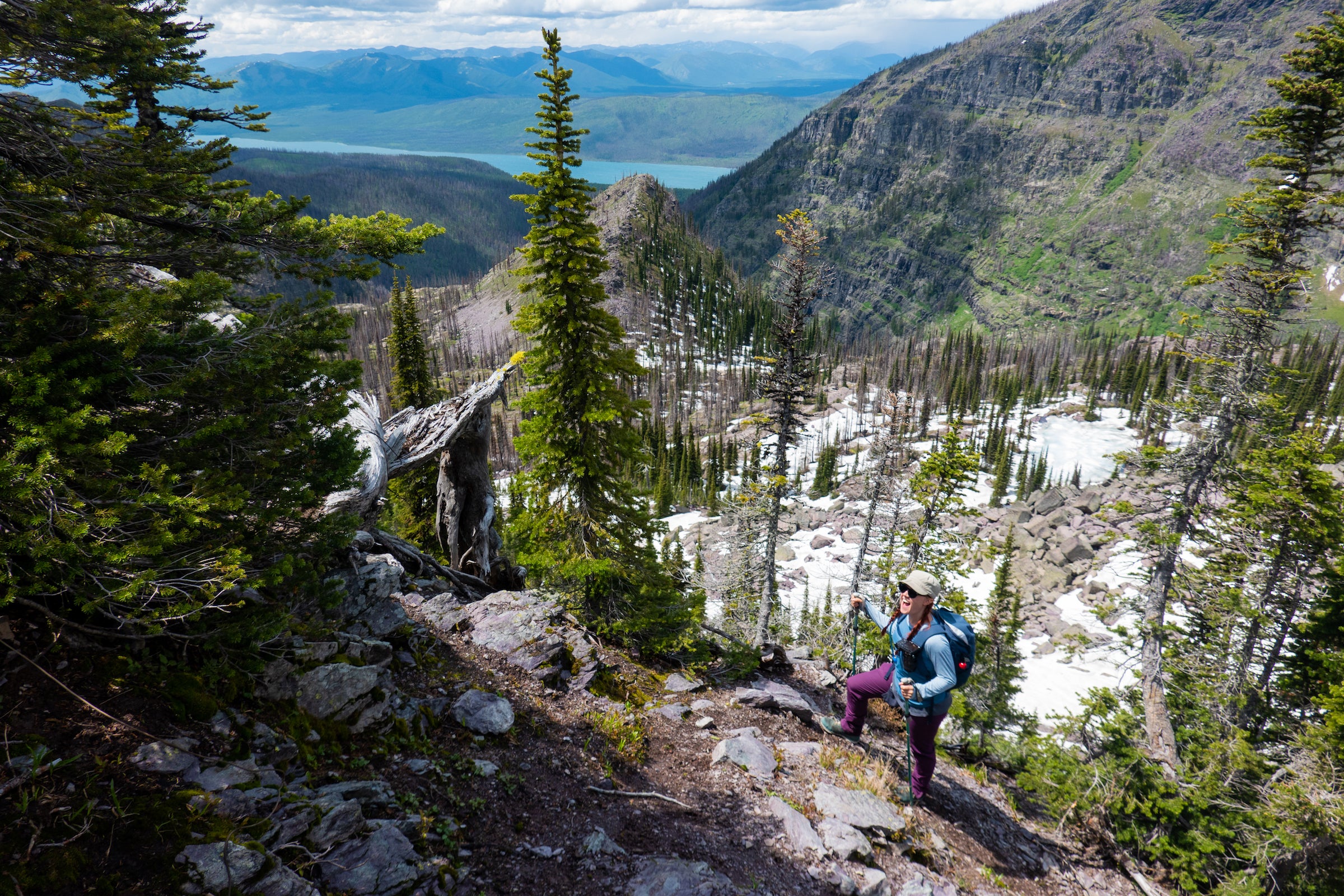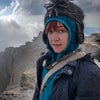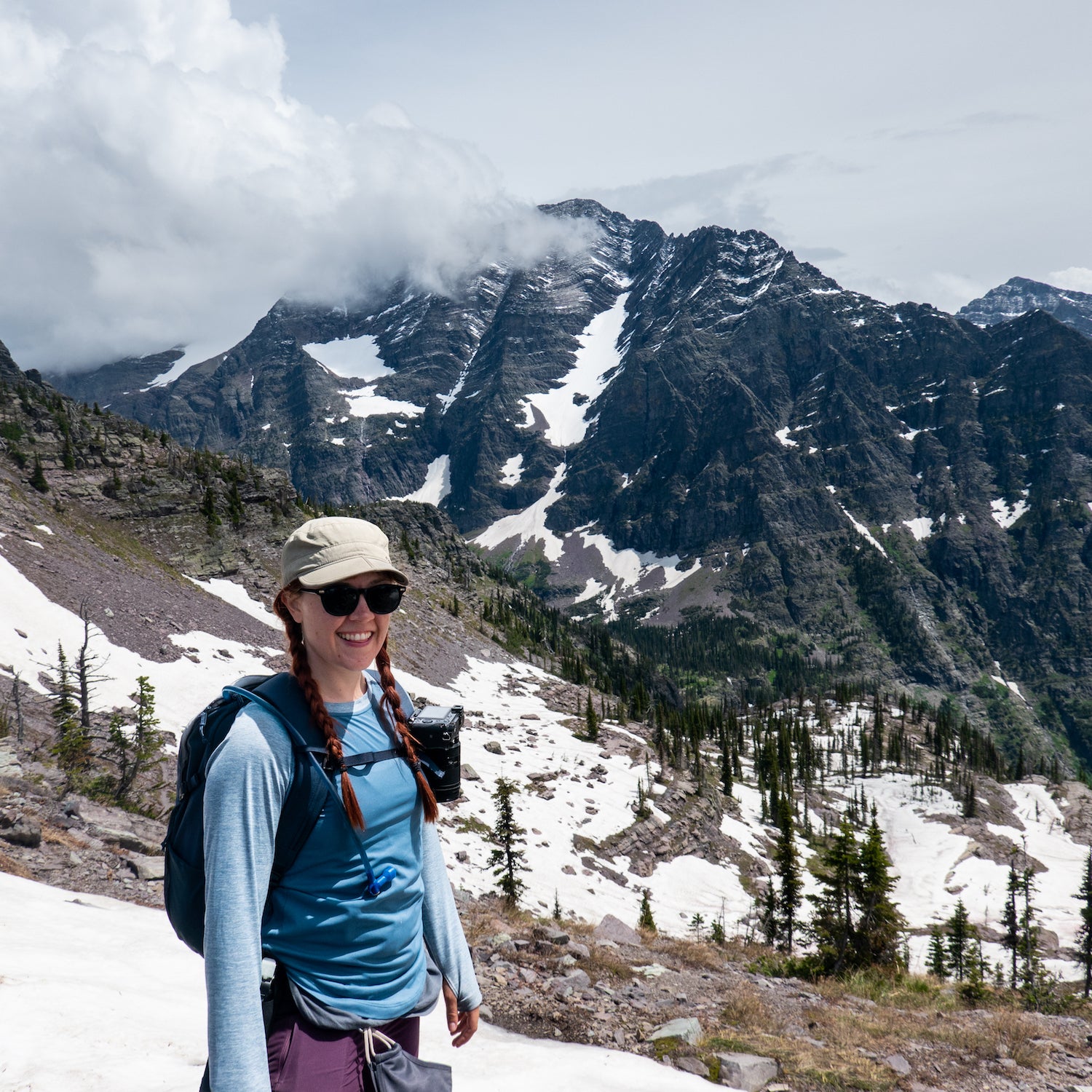62 Parks Traveler┬ástarted with a simple goal: to visit every U.S. national park. Avid backpacker and public-lands nerd┬á┬ásaved up, built out a tiny van to travel and live in, and hit the road. The parks as we know them are rapidly changing, and she┬áwanted to see them before itÔÇÖs too late.
Pennington┬áis committed to following CDC guidelines during the COVID-19 pandemic to ensure the safety of herself and others. SheÔÇÖs visiting new parks while closely adhering to best safety practices.
In Buddhism, there is a practice of nonattachment called nekkhamma. Never has it been more instrumental in my life than on my trip to Glacier.
I was expecting six days full of the classics: towering sedimentary peaks, grizzly sightings, cascading veils of rushing waterfalls, and more than 700 miles of trails to explore. But, true to form, nature had other plans for me.
My first heartbreak was simple and easy to correct. The campground that I reserved several months in advance, the one I set a 6 A.M. alarm for and crawled out of my warm, Los Angeles bed to book, the one that was perhaps the hardest to book of this entire yearlong parks project, was canceled due to the pandemic a month before I was set to arrive. No matter how many masks I wore or how often I washed my hands for exactly 20 seconds, , it seemed, would not be on the menu. The east entrance was closed for the year. I researched other options.
The next heartbreak really gutted me. Due to a high-snow year, the parkÔÇÖs most famous attraction, historic Going-to-the-Sun Road, would not be plowed before my boyfriend, Brian, and I arrived in late June. In fact, it wouldnÔÇÖt even be open to the LoopÔÇöits┬ánotable switchback. I took a deep breath and researched other options.

Perhaps the most egregious offense was the weather. IÔÇÖd planned to stay┬áfive nights and six days in Glacier and┬áanticipated┬ásome rain (like any well-prepared nerd is wont to do). It rained five of those days, with temperatures┬áin the forties and fifties. Mind you, this was┬áJune. I bit my lip and feigned a smile, donned my heavy jacket, and re-strategized the entire week.
On our singular sunny day, my partner and I pushed hard on a 14-mile hike up to Sperry Chalet, one of the parkÔÇÖs two remaining 100-year-old mountain huts, and┬á7,050-foot┬áLincoln Pass. Our hearts happy in the afternoon warmth, and our legs wobbly from nearly 4,000 feet of elevation gain, we dodged marmots and took about a thousand pictures.
For the rest of the trip, we got creative. I took us on a scenic drive along the Flathead River, stopping at the , which dates back to 1914. It was a gas. A random assortment of outdoor enthusiasts gathered to indulge in the spotÔÇÖs famous baked goods, most notably the huckleberry bear claws. I was discovering a quieter, often forgotten corner of Glacier National Park, one overlooked in favor of Instagram selfies with towering high peaks.
It almost didnÔÇÖt matter that on the pi├Ęce de r├ęsistance of our visit, a one-night stay in the fabled Granite Park Chalet, it was freezing, rainy, and utterly without views. The park was┬áreminding┬áme that nature was the boss, no matter how much my overachieving, Type A brain wanted to protest.
I was becoming a master of nonattachment, and I had the sneaking suspicion that my new, Zen-like state would spill over into everyday life, too, allowing me to levitate over all sorts of future disappointments and, like in Glacier, keep a smile on my face.

62 Parks Traveler Glacier Info
Size: 1,012,837 acres
Location: Northwestern Montana
Created In: 1910 (national park)
Best For: Hiking, backpacking, scenic drives, car camping, boating, hut trips, Native history
When to Go: The summer months of July and August have the warmest temperatures (44 to 84 degrees) and the biggest crowds. Fall (21 to 60 degrees) is quieter and great for serious hikers, while spring and winter are freezing and offer little access, due to many closed park roads. (Temperatures listed were taken in West Glacier.)
Where to Stay: Just outside the parkÔÇÖs west entrance, ┬á(from $69)┬áprovides an above and beyond glamping experience, complete with hot showers and weekly sÔÇÖmores specialties. Choose between car-camping sites and amenity-rich yurt rentals.
Where to Eat: A local at my campground called the huckleberry bear claws at the best thing to eat in Montana. They did not disappoint.
Mini ║┌┴¤│ď╣¤═°: Drive the famous , taking┬áin the views of Heavens Peak┬áand gazing┬áout at the massive cascade of Bird Woman Falls on this engineering marvel, built in 1932. Stop at Logan Pass, and hike┬áthe Highline Trail for phenomenal summer wildflowers.
Mega ║┌┴¤│ď╣¤═°: Spend a night in a chalet. Glacier is one of the few parks in the country with fully operational mountain huts dating back to 1913. The ┬á(from $237 per night) has a full restaurant with hot meals for those brave enough to backpack in, while ┬á(from $115 per night) is more rustic, with a DIY kitchen.


